News
-

Maria Parham Adds New MD to Surgical Team
December 08, 2025Maria Parham Health is proud to announce the addition of Reshmi Udesh, MD, FACS, an accomplished, board-certified General Surgeon, to its surgical team. Dr. Udesh brings extensive expertise in minimally invasive, robotic, and foregut surgery, enhancing the comprehensive care available to patients in the Vance County region.
Learn more -
-(1).jpg)
Maria Parham Franklin Expands Mental Health Services with New Intensive Outpatient Program
December 02, 2025Maria Parham Franklin is pleased to announce the launch of its Intensive Outpatient Program (IOP), providing structured, evidenced-based therapy for adults (18+) facing mental health challenges.
Learn more -
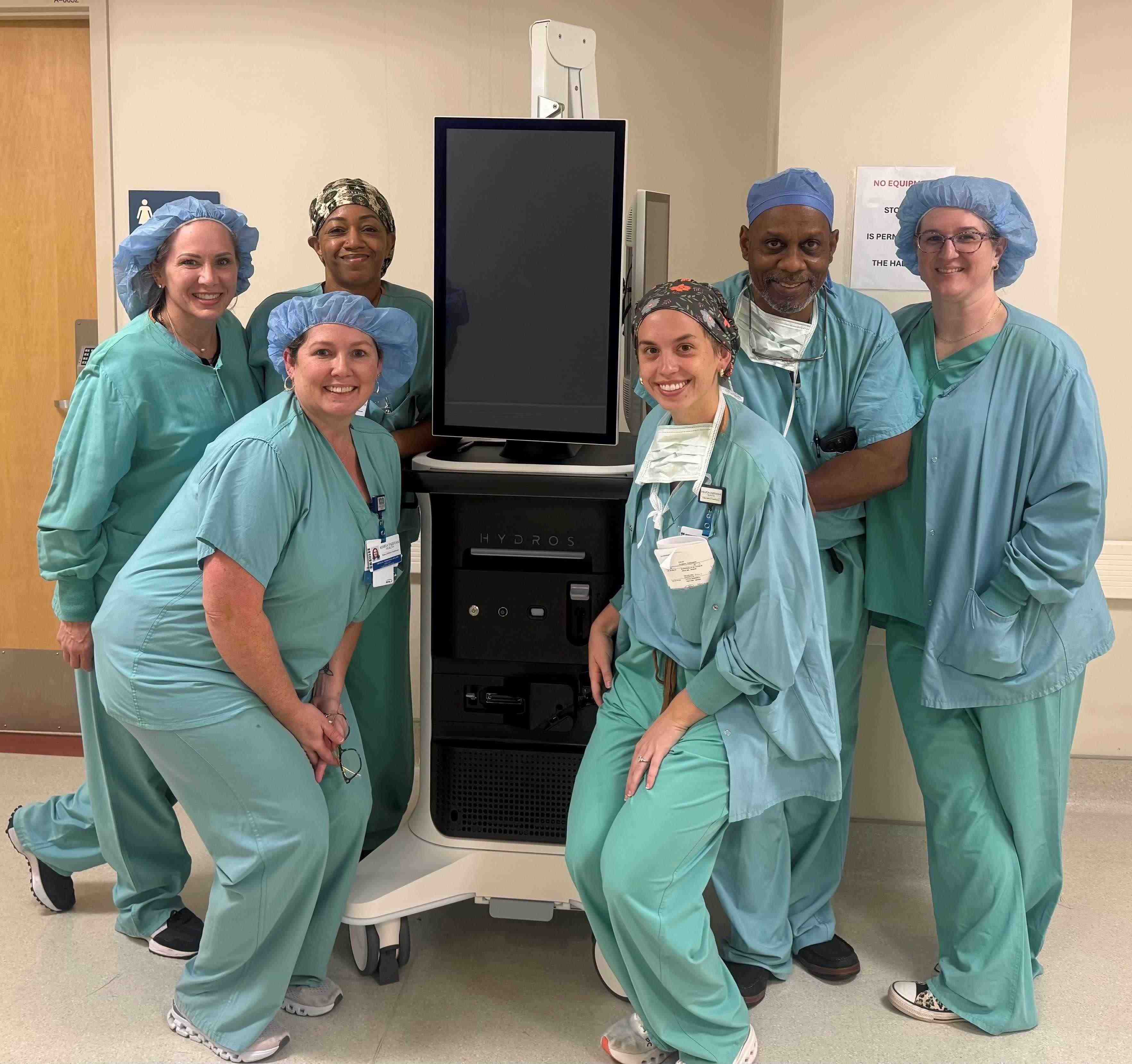
Maria Parham Health Launches Aquablation Program
December 02, 2025Maria Parham Health is proud to announce the successful launch of its new Aquablation therapy program, marking a significant advancement in treatment options for men with benign prostatic hyperplasia (BPH), commonly known as enlarged prostate.
Learn more -
.jpg)
Is It a Cold, the Flu, or Something Else? How to Tell the Difference
November 25, 2025When your child starts coughing, sneezing, or running a fever, it can be hard to know what you’re dealing with. As the seasons change and kids head back to school or daycare, coughs and sniffles start making the rounds. Here in North Carolina, that often leaves parents asking: is it just a cold, or something more serious like the flu, RSV, or…
Learn more -
.png)
Maria Parham Health to Illuminate Campus in Celebration of 100 Years of Care
November 14, 2025Maria Parham Health is proud to announce a special community celebration in honor of its 100th anniversary of providing healthcare to Henderson, Vance County, and surrounding areas. On December 4, the hospital will host an evening of family-friendly festivities as it illuminates its campus for the first time, marking a century of hope, healing, and service.
Learn more -
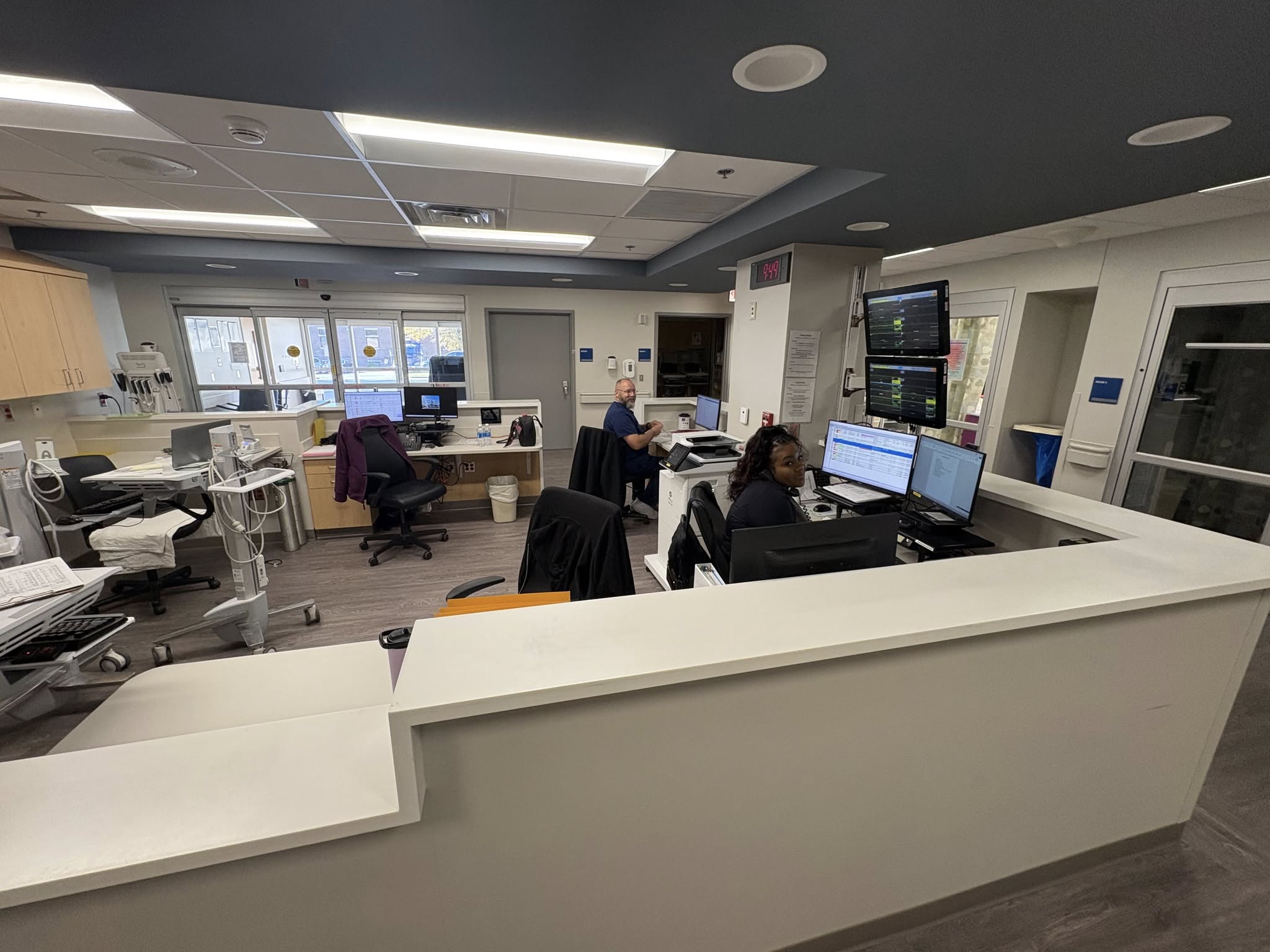
Maria Parham Health Receives Certificate of Occupancy for Phase Two of Emergency Department Renovation
November 14, 2025Maria Parham Health has received a Certificate of Occupancy for Phase Two of its Emergency Department renovation on the Henderson campus, marking a significant milestone in the hospital’s ongoing efforts to expand access to high-quality care—particularly for patients facing behavioral health challenges in Henderson and Vance County.
Learn more -

What Does Breast Cancer Look Like in Its Early Stages?
October 21, 2025Breast cancer is one of the most common cancers in women, and early detection can dramatically improve outcomes. But what does breast cancer actually look like in its earliest stages? It’s not always a visible lump – early signs can be subtle, and knowing what to watch for can make all the difference. Below are some common early signs and symptoms to be…
Learn more -
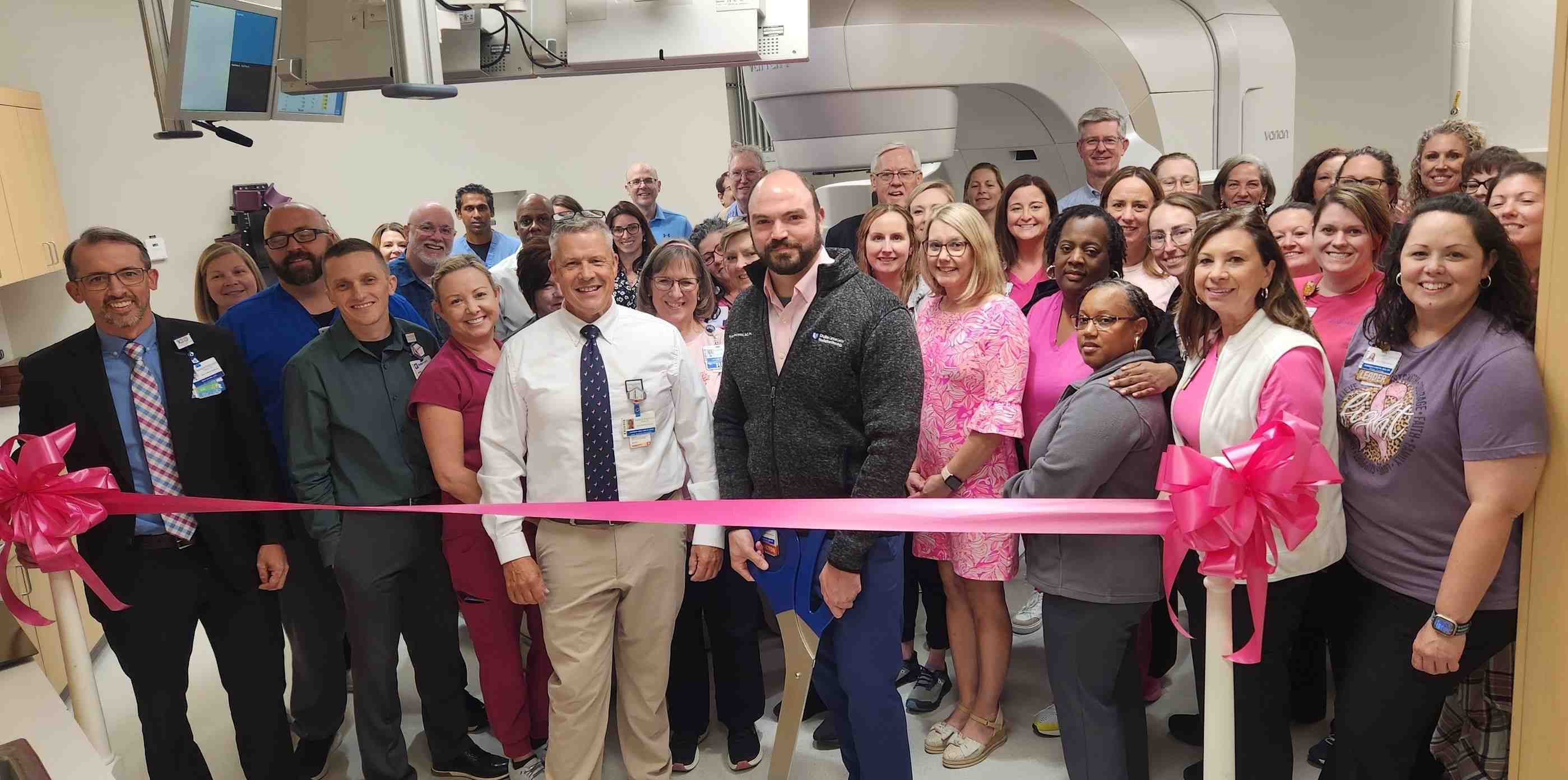
Maria Parham Health Celebrates Radiation Oncology Reopening with Advanced Technology and Expanded Cancer Treatment Capabilities
October 15, 2025Maria Parham Health celebrated the reopening of its Radiation Oncology Department on October 10, marking the culmination of several months of renovations and significant technology upgrades aimed at elevating cancer care in the region.
Learn more -
-(1).png)
Maria Parham Health Gears Up for 5th Annual Trunk or Treat – Now a Walk-Through Experience
October 08, 2025Maria Parham Health is excited to announce that it is in the final planning stages of its 5th Annual Trunk or Treat event — and this year, there’s a new twist. For the first time since its inception in 2021, the event will be held as a walk-through experience, allowing for more interaction, fun, and community connection.
Learn more -

Maria Parham Health Invites Community to Celebrate the Reopening of its Radiation Oncology Department
September 29, 2025The Cancer Center at Maria Parham Health is excited to invite the Henderson and Vance County community to a special event celebrating the reopening of its Radiation Oncology Department on Thursday, October 9, 2025, from 4:30 p.m. to 6:00 p.m.
Learn more -

Maria Parham Health Welcomes New Radiation Oncologist, Dr. Ryan Fecteau, MD, PhD
September 29, 2025Maria Parham Health is proud to announce the addition of Dr. Ryan Fecteau, MD, PhD, as the newest Radiation Oncologist at the Maria Parham Cancer Center. Dr. Fecteau brings extensive clinical training and a patient-centered philosophy to the Cancer Center, where he will specialize in the treatment of genitourinary cancers, including prostate and bladder cancer.
Learn more -

Why You Shouldn’t Skip Your Annual Physical: Screenings That Save Lives
September 26, 2025Many people put off their annual physical, if they feel fine, there’s no urgent need to visit the doctor. But skipping your yearly check-up can mean missing the early signs of serious conditions that are often treatable if caught early. At Maria Parham Health, we believe prevention is just as important as treatment. Your annual physical is a chance to…
Learn more -

How to Protect Your Child from Fall Viruses like Flu, RSV, and COVID
September 05, 2025In warmer parts of the country like North Carolina, respiratory virus season can begin as early as September and stretch well into the winter. With kids back in school, viruses like flu, RSV, and COVID-19 start spreading quickly – especially among young children whose immune systems are still developing. As a parent, you can take steps now to help protect…
Learn more -
.png)
Maria Parham Health Receives Certificate of Occupancy for Emergency Department Renovation
August 20, 2025Maria Parham Health has received a Certificate of Occupancy for its Emergency Department renovation on the Henderson campus, marking a major milestone in the hospital’s ongoing efforts to expand access to high-quality care—especially for patients facing behavioral health challenges in Vance and Franklin counties.
Learn more -
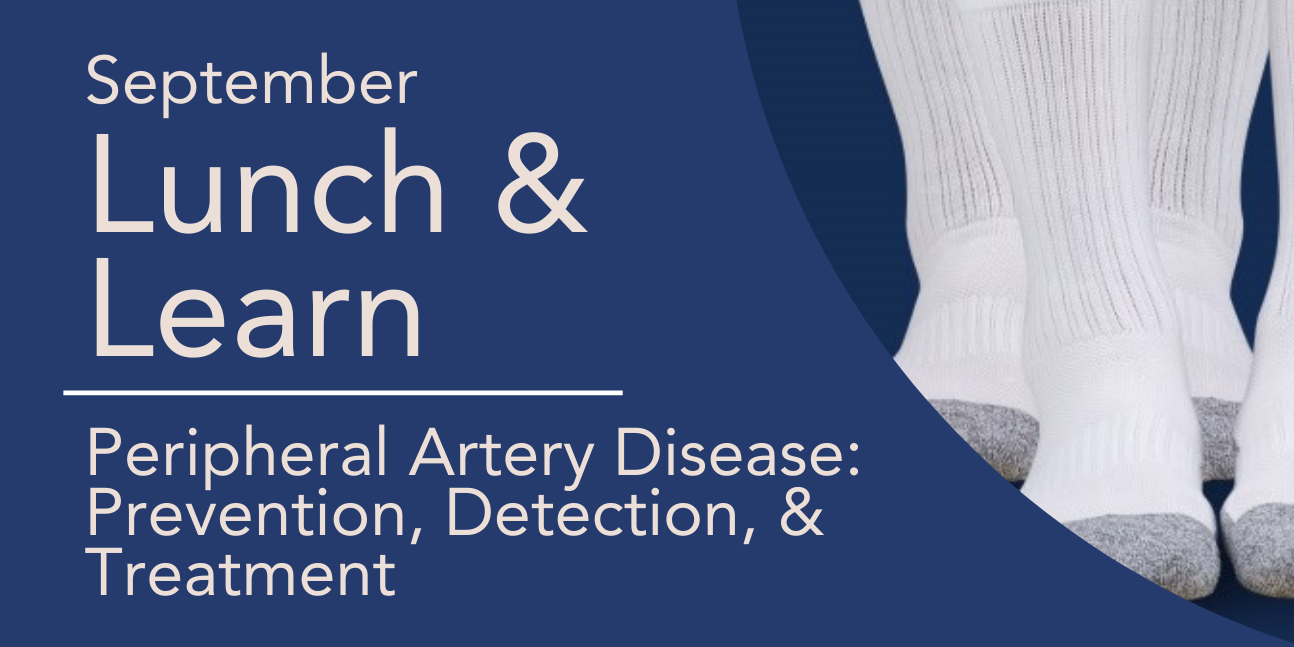
Maria Parham Health to Host Free Lunch & Learn on Peripheral Artery Disease
August 19, 2025Maria Parham Health invites the community to a free Peripheral Artery Disease (PAD) Lunch & Learn on Thursday, September 25, 2025, at 12:00 PM. The event will feature an educational presentation by Dr. Dennis I. Narcisse, who will offer valuable insights into recognizing, preventing, and treating this serious but often underdiagnosed condition.
Learn more -

Maria Parham Health Welcomes Interventional Cardiologist Dennis I. Narcisse Jr., MD, MS, to Heart and Vascular Team
August 08, 2025Maria Parham Health is pleased to announce the addition of board-certified cardiologist Dennis I. Narcisse Jr., MD, MS, to its Heart and Vascular team. Dr. Narcisse brings extensive training in complex coronary interventions and a passion for delivering individualized, evidence-based cardiovascular care focused on long-term prevention.
Learn more -
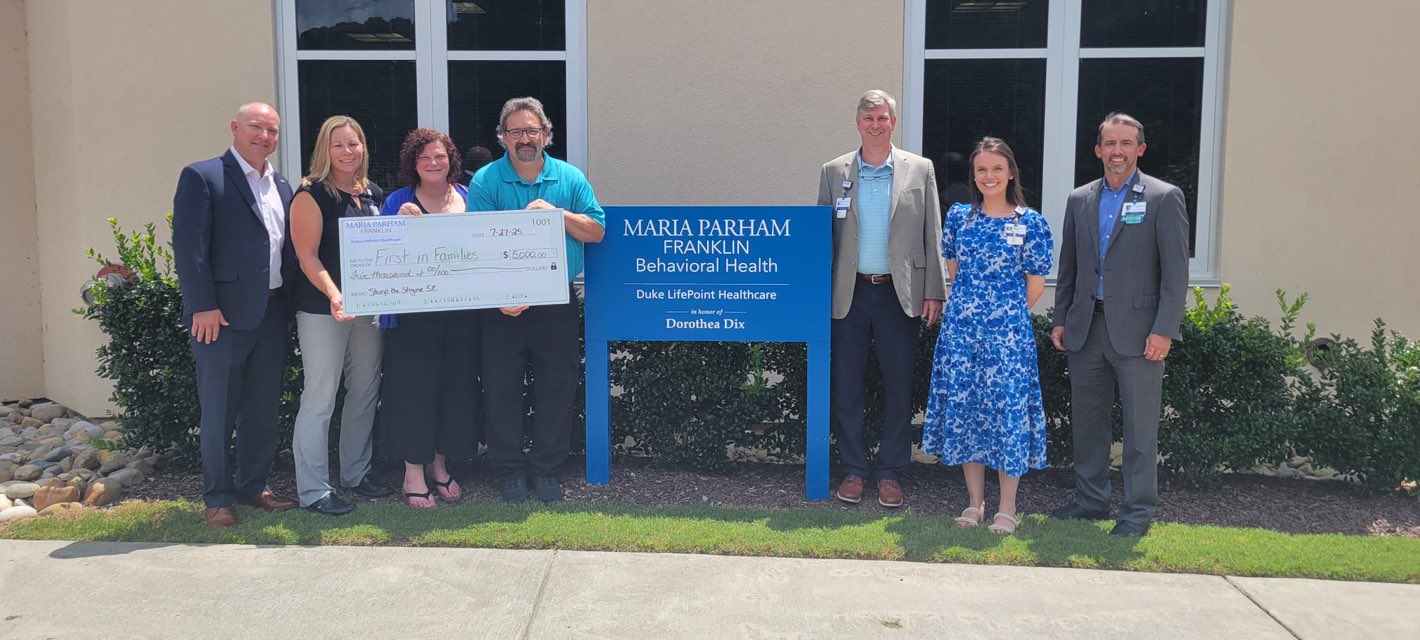
Maria Parham Franklin Donates $5,000 to First in Families of North Carolina Following Successful 5K Event
August 05, 2025Maria Parham Franklin, alongside premier sponsor Vaya Health, proudly presented a $5,000 donation on July 28 to First in Families of North Carolina (FIFNC), following the success of the hospital’s inaugural Stomp the Stigma 5K held this past May.
Learn more -
.jpg)
Why Mosquito-Borne Illnesses Are on the Rise — and How to Protect Yourself
August 01, 2025Warmer weather and standing water are fueling a surge in mosquito-borne diseases. Here’s what you need to know and how to prevent them.
Learn more -
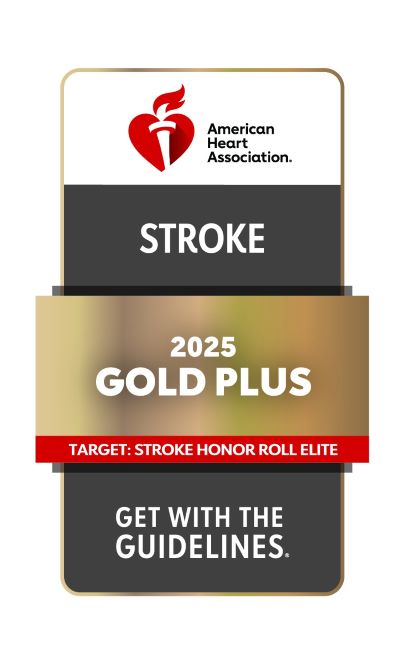
Maria Parham Health Nationally Recognized for Excellence in Stroke Care
July 17, 2025Hospital Receives American Heart Association’s Get With The Guidelines® – Stroke Gold Plus Award and Target: Stroke Honor Roll Elite Recognition Maria Parham Health has been nationally recognized by the American Heart Association for its commitment to high-quality stroke care, earning the Get With The Guidelines® – Stroke Gold Plus quality...
Learn more -

Maria Parham Franklin Begins Emergency Department Renovation
July 16, 2025Maria Parham Franklin is pleased to announce the start of a renovation project designed to transform its Emergency Department (ED), with construction set to begin in late July/early August, 2025. This project will focus on improving care for individuals facing behavioral health challenges.
Learn more
